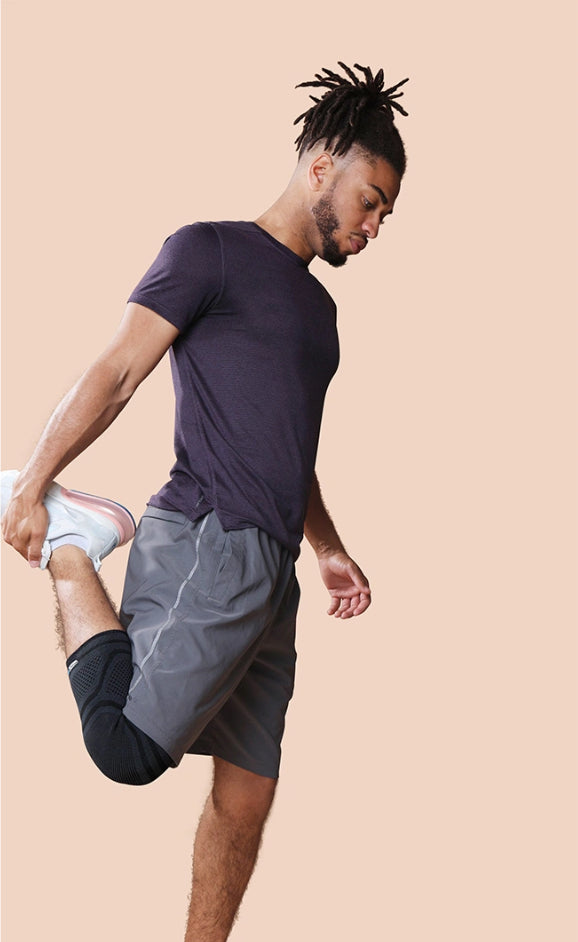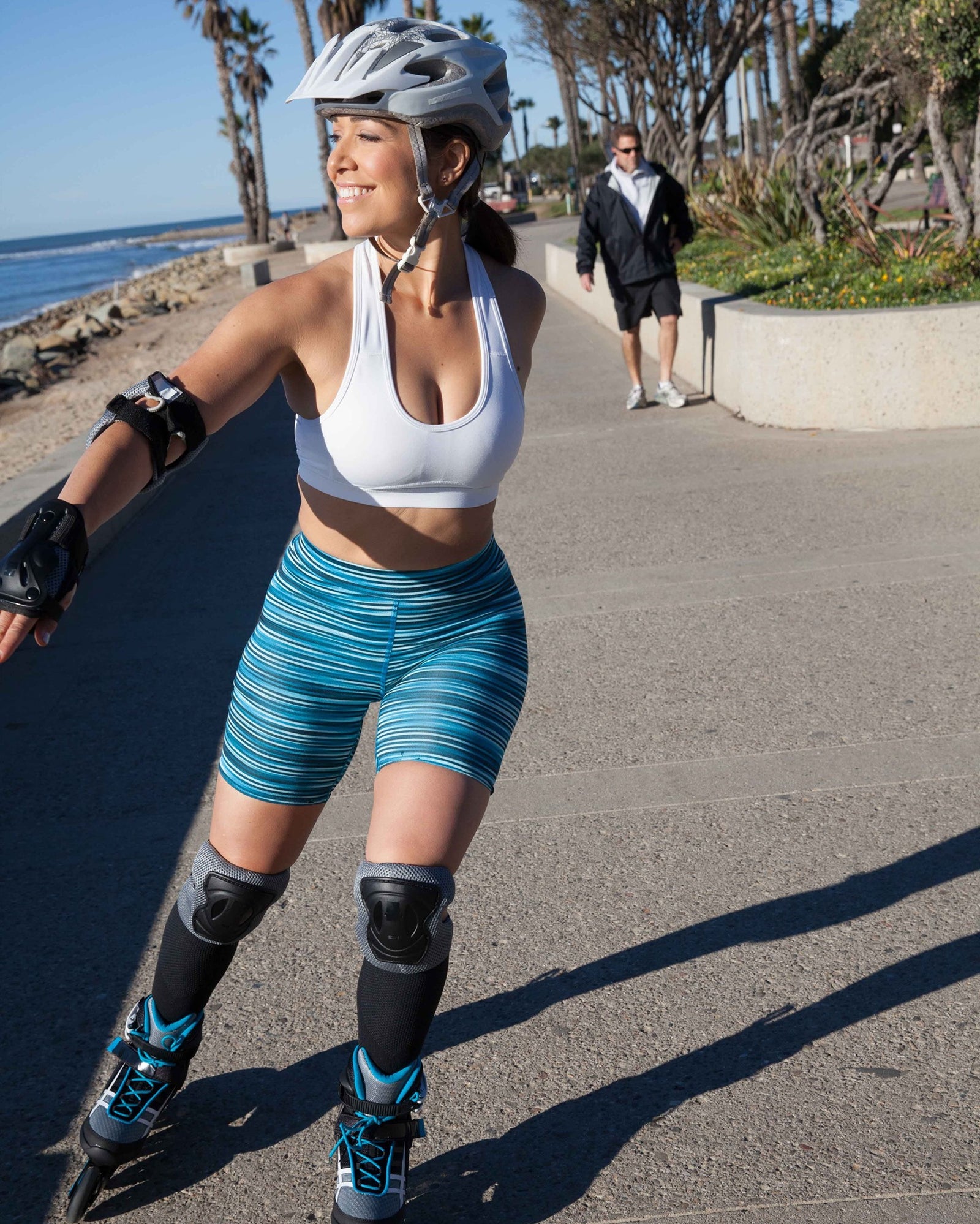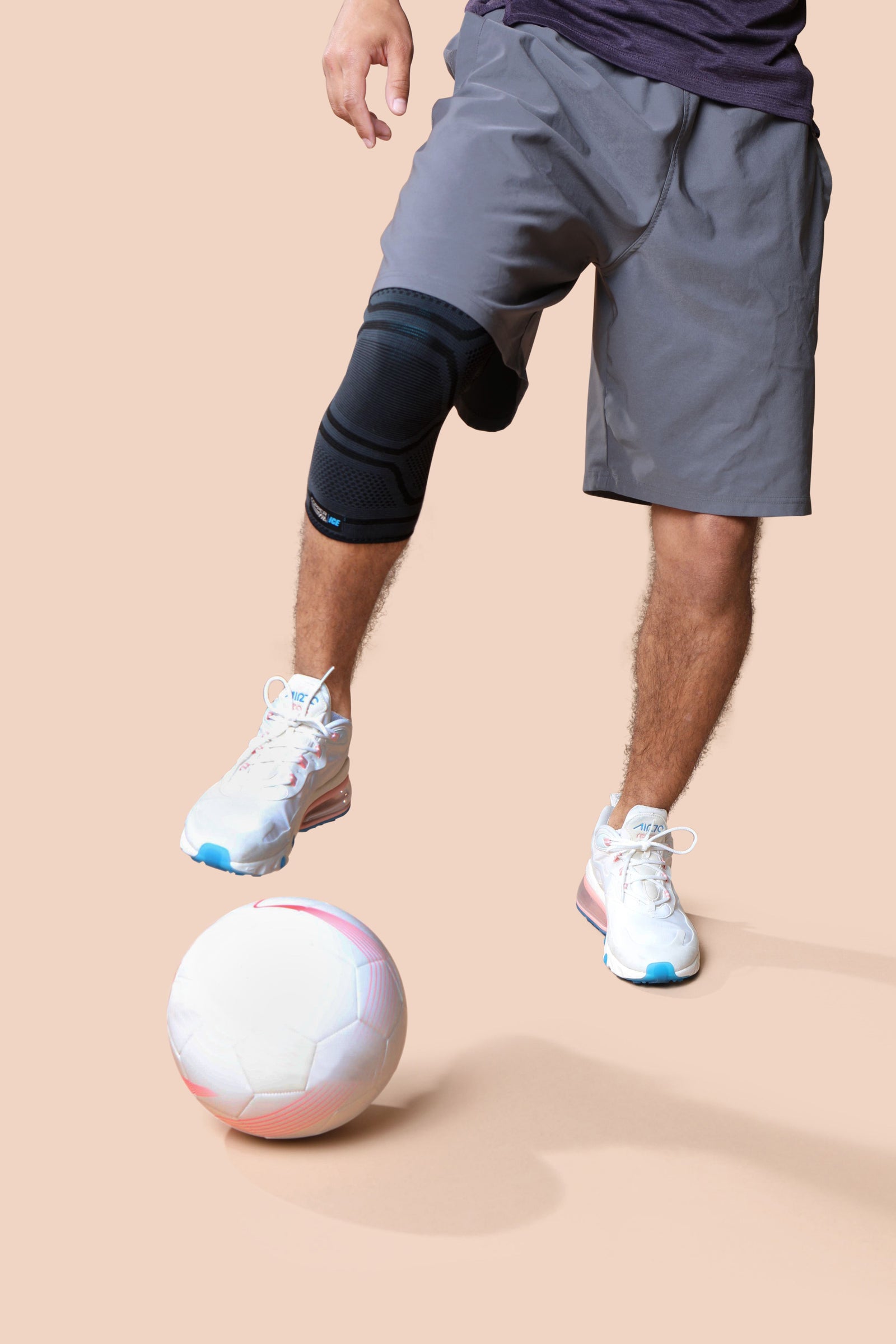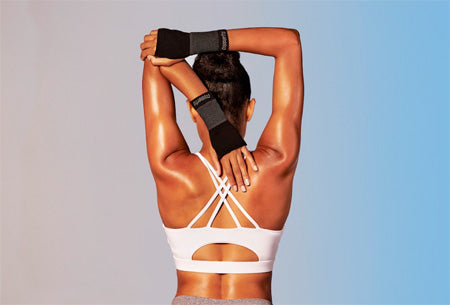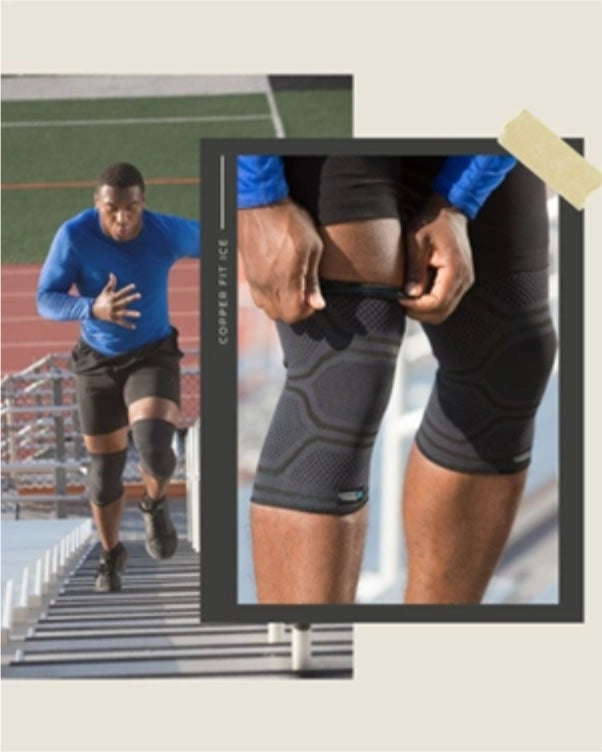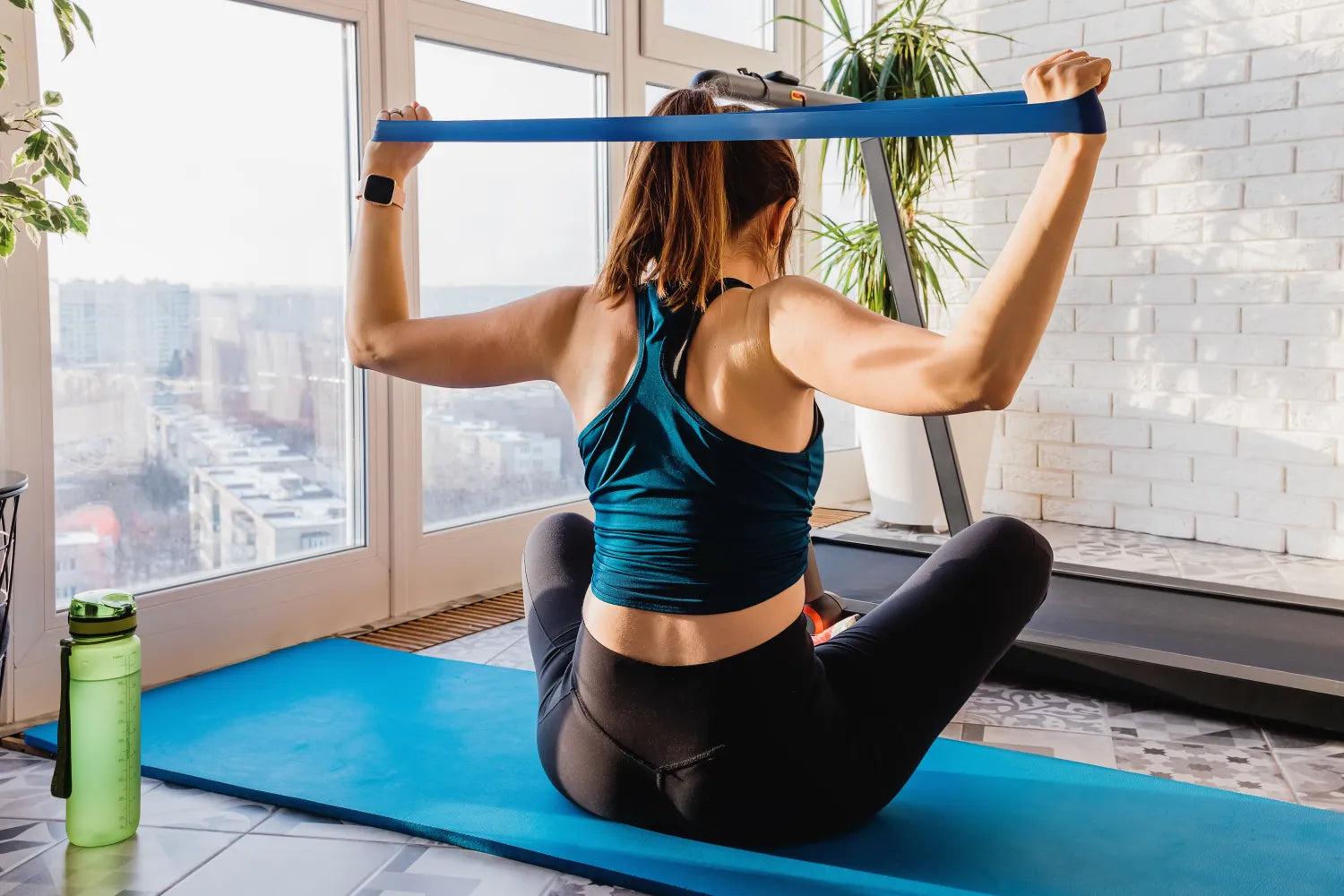
Key Takeaways
- A strong, supported back is essential for posture, mobility, and recovery, and you can train it effectively without leaving your home.
- Simple warm-ups, beginner exercises, and mindful progressions reduce discomfort and support overall wellness.
- Back training helps reinforce the body’s natural strength cycle—work, recover, and repeat.
Your back does more for you than you may realize. From supporting posture to helping you lift, bend, and move with confidence, it plays a role in almost every daily activity. When it’s neglected, you may notice more tension, stiffness, or soreness. The good news? You don’t need a gym to take care of your back.
At-home back workouts can strengthen the muscles that stabilize your spine, support healthy movement, and promote faster recovery when soreness sets in. Whether you’re new to fitness or looking for ways to stay consistent outside of the gym, these workouts are accessible, effective, and built to help you move better every day.
Why Back Workouts Matter
Incorporating back workouts into your routine can elevate your well-being and comfort in a number of ways.
Posture and Stability
The back is made up of multiple muscle groups that work together to support your spine and keep your body upright. These include the latissimus dorsi (lats), erector spinae, trapezius, and rhomboids. When these muscles are strong, they help you maintain better posture and reduce slouching, which often leads to unwanted tension.
Mobility and Movement
A strong back improves the way your body moves as a whole. When your spine and supporting muscles are conditioned, you have more control during everyday movements like bending, lifting, and twisting. This helps prevent unnecessary strain and makes it easier to stay active with less discomfort.
Discomfort Prevention
Feelings of stiffness or tightness often stem from weak or underused muscles. Strength training the back at home is an effective way to support those areas, minimize tension, and keep your body resilient.
Recovery Benefits
Gentle back training encourages healthy circulation, which can help promote muscle relaxation and reduce soreness after activity. This creates a healthier cycle of performance and recovery.
Getting Started: Warm-Up & Mobility Prep
Before you start strengthening, it’s important to warm up your muscles and prepare your joints. A good warm-up raises your heart rate slightly, increases blood flow, and primes your back for movement. Just five minutes of mobility work can go a long way toward helping you move safely.
Cat-Cow Stretch
- Start on your hands and knees.
- Inhale, arch your back, and lift your chest slightly.
- Exhale, round your spine, tucking your chin toward your chest.
- Repeat 5–10 times to mobilize the spine and ease stiffness.
Arm Swings and Torso Rotations
- Stand tall and gently swing your arms across your body, alternating sides.
- Add gentle torso rotations to loosen up your mid-back.
- Continue for 30–60 seconds.
March in Place
- Lift your knees one at a time while pumping your arms.
- Keep a steady pace for 1–2 minutes to raise your body temperature and encourage circulation.
These moves prepare your muscles for more focused work and reduce the chance of strain.
Beginner-Friendly Back Workouts
If you’re new to strength training or just easing into a routine, start with bodyweight movements. These require no equipment, teach you proper form, and build the foundation for more advanced exercises.
1. Superman Hold
Targets: Lower back and spinal stabilizers.
- Lie face down on the floor with arms extended overhead.
- Lift your arms, chest, and legs off the ground simultaneously.
- Hold for 3–5 seconds, then lower back down.
- Repeat for 8–10 reps.
Why it works: Strengthens the erector spinae, which helps support your spine and reduce lower-back tension.
2. Bird Dog
Targets: Core, lower back, and balance.
- Start on all fours with your wrists under your shoulders and your knees under your hips.
- Extend your right arm forward and left leg back, keeping your spine neutral.
- Hold for 3 seconds, then return to the start.
- Alternate sides for 8–12 reps each.
Why it works: Trains spinal stability while engaging both the back and core muscles for balanced support.
3. Glute Bridge
Targets: Glutes, hamstrings, and lower back.
- Lie on your back with your knees bent and feet flat on the floor.
- Press through your heels to lift your hips, creating a straight line from shoulders to knees.
- Hold for 2–3 seconds, then lower slowly.
- Perform 10–12 reps.
Why it works: Activates the posterior chain (glutes and hamstrings), which helps reduce pressure on the lower back and improves movement patterns.
4. Reverse Snow Angels
Targets: Upper back and posture muscles.
- Lie face down with arms at your sides, palms facing down.
- Lift your chest slightly, then sweep your arms outward and overhead in a wide arc.
- Return slowly to the starting position.
- Perform 8–10 reps.
Why it works: Strengthens the mid- and upper-back muscles that support posture and reduce slouching.
Tips for Beginners
- Move slowly and with control.
- Focus on breathing steadily; exhale during exertion, inhale during relaxation.
- Start with 1–2 sets of each exercise and gradually increase volume as your body adapts.
Intermediate Back Workouts
Once you’ve built a foundation with beginner moves, you can progress to slightly more challenging exercises. These workouts strengthen multiple muscle groups at once and promote better coordination.
1. Plank With Shoulder Taps
Targets: Core, upper back, and stabilizers.
- Start in a high plank position with hands under shoulders and body in a straight line.
- Lift one hand to tap the opposite shoulder while keeping hips steady.
- Alternate sides for 10–12 reps each.
Why it works: Builds stability in the shoulders and spine while engaging the mid-back and core for balanced strength.
2. Hip Hinge (Bodyweight Good Mornings)
Targets: Hamstrings, glutes, and lower back.
- Stand with feet shoulder-width apart, hands behind your head.
- With your core engaged and a neutral spine, hinge forward at the hips until your torso is parallel with the ground.
- Return to standing with control, squeezing your glutes as you stand.
- Perform 10–12 reps.
Why it works: Teaches proper hip mechanics and strengthens the posterior chain, which supports everyday movements like lifting or bending.
3. Doorway Rows
Targets: Upper back and arms.
- Anchor a towel or sturdy strap around the doorknob on both sides of a secure door.
- Hold both ends, bend your knees, lean back, and then pull your chest toward the door.
- Lean back with control and repeat for 10–12 reps.
Why it works: Mimics rowing motion, strengthening the lats and rhomboids that stabilize the upper back and shoulders.
4. Wall Angels
Targets: Mid-back, shoulders, and posture.
- Stand with your back flush against a wall, feet slightly away. Keep your head against the wall and your chin tucked.
- Press your lower back into the wall, then slowly raise and lower your arms in a “snow angel” motion.
- Keep arms and hands as close to the wall as possible.
- Perform 8–10 reps.
Why it works: Improves posture, mobility, and control in the upper back and shoulder region.
Advanced At-Home Back Workouts
If you’re ready for more resistance or already have a base level of strength, these options provide extra challenge with simple household equipment.
1. Exercise Ball Back Extensions
Targets: Lower back and spinal erectors.
- With your toes on the ground, position yourself facedown on a stability ball.
- Lower your torso forward, rounding your back so your hips are against the ball.
- Cross your arms over your chest or place your hands on the back of your head and raise your upper body until your spine is neutral.
- Perform 8–12 reps.
Why it works: Strengthens the lower back directly, supporting spinal alignment and endurance.
2. Inverted Rows
Targets: Mid-back, arms, and grip strength.
- Lie on your back under a sturdy table or bar.
- Grab the edge with an overhand grip and, lifting your hips, pull your chest toward the table.
- Lower slowly and repeat for 6–10 reps.
Why it works: Provides a compound pulling exercise that challenges multiple back muscles with bodyweight resistance.
3. Single-Arm Backpack Row
Targets: Lats, traps, and core.
- Fill a backpack with books or household items for weight.
- Place one hand on a sturdy surface, hinge at the hips, and, grabbing the backpack by the straps with one hand, row the backpack toward your waist.
- Perform 8–12 reps per arm.
Why it works: Strengthens the lats and traps while engaging stabilizers for balance and coordination.
Stretching & Recovery for a Healthy Back
Training is only one part of the process. Recovery and flexibility keep the back feeling its best and help prevent lingering stiffness. Here are some stretches to help support the lower back.
Child’s Pose
- Kneel on the floor, sit back on your heels, and stretch arms forward.
- Hold for 20–30 seconds to gently lengthen the spine.
Seated Forward Fold
- Sit with legs extended, hinge forward at the hips, and reach toward your feet.
- Relax into the stretch for 20–30 seconds.
Thread the Needle
- Start on hands and knees.
- Slide one arm under the opposite shoulder, resting on the side of your head.
- Hold 20–30 seconds per side.
Stretching after workouts promotes circulation, eases tension, and supports recovery so you’re ready for the next session.
FAQs
What are the best back workouts without equipment?
Bodyweight moves like Bird Dogs, Supermans, and Glute Bridges are highly effective. These exercises target the major back muscles and improve stability without needing weights.
How often should I do back workouts at home?
Two to three sessions per week is a safe and effective range for most people. Allow at least one rest day in between for recovery.
Can back workouts help with posture?
Yes. Strengthening the upper and mid-back improves spinal alignment and reduces slouching. Over time, this supports better posture during sitting, standing, and moving.
The Bottom Line
At Copper Fit, we know how important it is to feel strong, supported, and ready for anything your day brings. That’s why we focus on compression gear that helps support circulation, encourages recovery, and reduces odor so you can stay confident.
Back workouts at home are an excellent way to take charge of your strength, and when paired with consistent recovery habits, they can make all the difference in how you feel and move.
Your back deserves the same attention you give to any other muscle group. Start small, stay consistent, and remember that progress builds with every session. At Copper Fit, we’re here to help you move better, recover smarter, and enjoy life every day.
Sources:
Back Muscles: Anatomy and Function of Upper, Middle & Lower Back | Cleveland Clinic
Exercise in the Management of Chronic Back Pain | PMC
Warm Up, Cool Down | American Heart Association
If You Aren't Breathing Like This, You're Sabotaging Your Workout | Healthline

